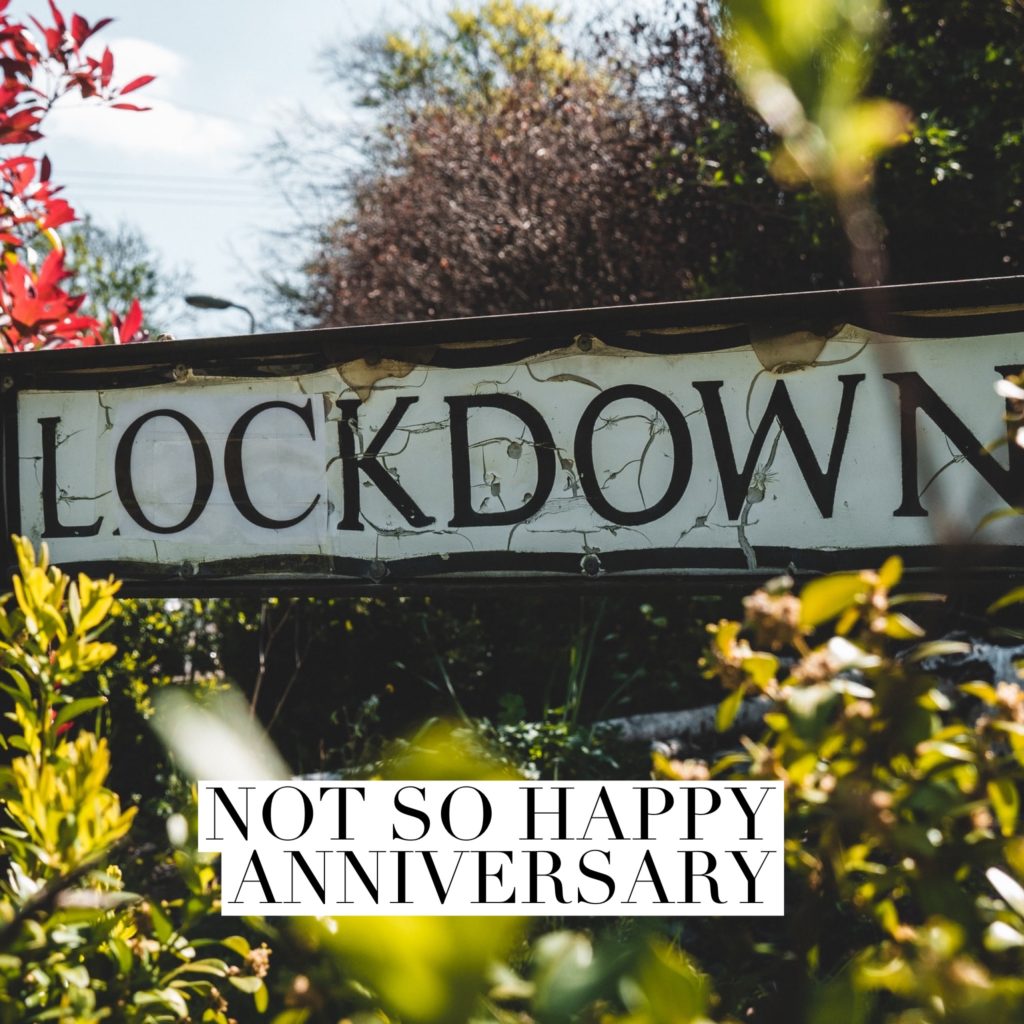On this day last year, I was frantically packing clothes into a suitcase, ready to move into my brother’s house. The first lockdown had been announced the night before and there were a lot of rumours flying around, including one that the army were going to police the streets of London (false, as it turns out).
The atmosphere was tense and uncertain, and I couldn’t contemplate living on my own for a moment longer. Covid-19 had established itself as a silent and potentially deadly enemy, and very little was understood at the time about how to fight it. The fear was palpable.
And now here we are, a year later. We have several vaccines to choose from (I’ve had my first jab), and it looks as if we will be taking our first tentative steps towards whatever post-lockdown normality looks like very soon. The world doesn’t seem quite as scary as it did last year, and we have learned to live within previously unthinkable limitations.
But we still don’t know how this story will end. And it may not end – it might mutate, like the virus. We may need to learn to live alongside Covid.
I recently had an opportunity to reflect on the story of our past year, when narrative photographer and film-maker Riccardo Sai invited me to have a conversation with him about the art of storytelling. (Watch the whole video below.)
He pointed out, quite rightly, that our narrative dramatically changed last year in a way we could never have anticipated. Can you imagine telling your 2019 self the story of 2020? Would the 2019 version of you have believed it?
As I said to Riccardo, I remember noticing very early on in that first spring lockdown how quickly our language was changing. And that was an indication of how quickly the narrative was shifting. I think it was extremely disorientating for people all over the world – we couldn’t figure out where we were in the story – and we’re still living through it. We don’t really know what’s going to happen next. We’ve just got this glimmer of hope on the horizon.
Human beings live with uncertainty all the time, and we deal with it as best we can, but we’re talking about uncertainty on a massive global scale – which is unprecedented in human history. I think that’s why so many people are seeking refuge in their favourite TV series, just to anchor themselves in an old story – because it’s incredibly comforting to know how a story ends.
The space between stories
The place we now find ourselves in, on the anniversary of the first lockdown, is similar to what the American author and thought leader Charles Eisenstein refers to as “the space between stories”.
This space is where we’re likely to feel lost, ungrounded, dislocated, as if our roots have been pulled up and we’re not quite sure where to replant them. Everything we thought we knew about the way the world works is in question. We know the old way has fallen apart, yet the new way has not quite emerged.
He writes about this in his book The More Beautiful World Our Hearts Know Is Possible: “If you are in the sacred space between stories, allow yourself to be there. It is frightening to lose the old structures of security, but you will find that even as you might lose things that were unthinkable to lose, you will be okay. You will find yourself in closer contact to something much more precious, something that fires cannot burn and thieves cannot steal, something that no one can take and cannot be lost.”
As I reflect on a year of living through a pandemic, I’m wondering what, for me, is the “something precious” that no one can take, even after loss and bereavement? And I guess it is that inner trust that I’ll get through whatever life throws at me, as long as I stay connected to those I love and who love me. That’s what I’ll pack in my suitcase, if (God forbid) there is a next time…

Leave a Reply